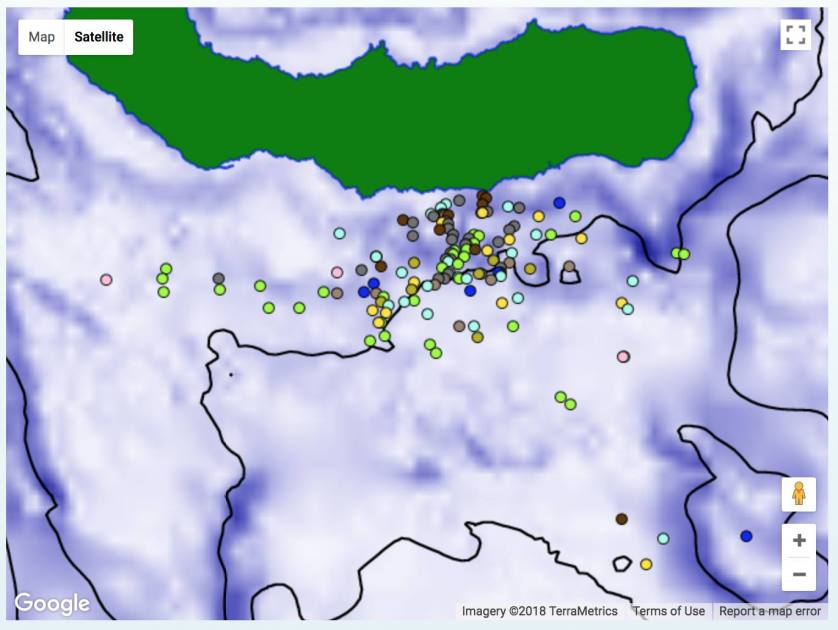
Here we are with our monthly summary 🙂
In June we recorded 10 species of cetaceans, the loggerhead turtle, some manta rays and sunfishes 😀
Finally the sperm whale season arrived, well in theory it is always sperm whales season given they are resident in the Azores, nevertheless their sighting frequency tend to increase during the summer when we see all age ranges, adults, young and calves, often gathered in large groups or being solitary during their foraging bouts. In this season it is also possible to appreciate the difference between males and females, as males join the breeding schools, composed by females and young individuals, for reproduction. Males are much larger than females. This is the strongest sexual dimorphism among cetaceans: 19m against 12m!
Pilot whales and beaked whales sightings are also increasing in this period. These species can be occasionally observed in other seasons, but usually their presence is very random and last short periods. During the summer time, short-finned pilot whales can hang around for longer periods and their typical logging behaviour can be observed and enjoyed during flat-sea days. Also, for beaked whales the sea state conditions are very important. Given their elusive nature and low conspicuous behaviour, flat sea is almost mandatory to appreciate these mysterious creatures.
The variety of small dolphins during June included common, bottlenose, Risso’s, Striped and Atlantic spotted dolphins, not bad at all 😀 …
…and even better was the presence of some late traveller: fin and sei whales have been still seen passing by during the first two weeks of June.
Mantas, sunfishes but also flying fish are all “cherries on the cake” during out tours, especially now in summer time 🙂









